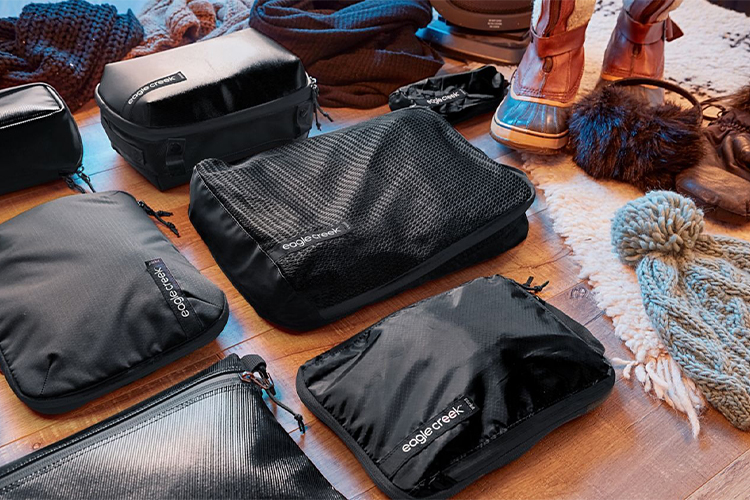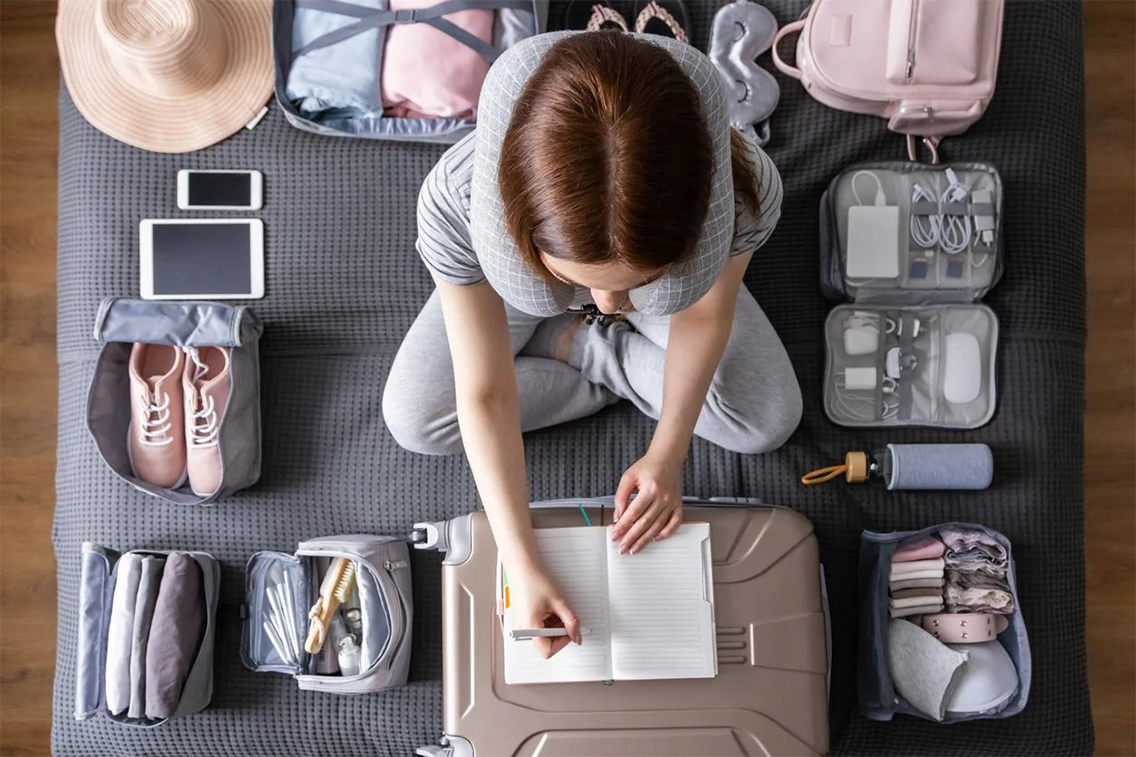Packing for a trip abroad can be both exciting and overwhelming. As someone who has traveled extensively around the world, I have honed my packing skills to ensure I am always prepared for any adventure that may come my way. In this article, I share my tips on packing for trips abroad, including what to pack, how to pack and some important things not to forget.
Before you start packing, it’s important to do thorough research on your travel destination. Find out about the weather conditions, cultural norms and any specific requirements or restrictions for the country you are visiting. This information will help you pack appropriately and avoid any unwanted surprises upon your arrival.

Next, create a packing list. First, write down all the essentials you will need, such as your passport, visa, travel documents, and money. Then consider the climate and the activities you will be doing, and list the appropriate clothing and footwear. Remember to also pack toiletries, medication and any electronics you may need.
When packing, I recommend using a packing cube system. With this system, your clothing and accessories are packed into separate cubes, making it easier to organize and find the items you need. You can also compress the cubes to save space in your luggage.
Here is my step-by-step guide to packing with a packing cube system:
Step 1: Start with the essentials
Pack your passport, travel documents and money in a safe and accessible place, such as a travel wallet or small shoulder bag.
Step 2: Roll your clothes
Roll your clothes tightly, pack them into packing cubes, and separate them by category (e.g., tops, bottoms, underwear, etc.). Rolling your clothes not only saves space but also helps prevent wrinkles.
Step 3: Use compression bags for bulky items
For bulky items like jackets or sweaters, use compression bags to save space. These bags allow you to compress the item into a smaller size, making it easier to pack in your luggage.
Step 4: Organize Your Accessories
Pack your accessories like jewellery, belts and scarves in a separate cube or pouch. This keeps them organized and prevents them from getting lost or tangled.

Step 5: Pack your toiletries
Pack your toiletries in a clear plastic bag to comply with airport regulations. Be sure to pack them in a separate cube or bag so they don’t get on your clothes. Step 6: Pack Your Electronics
Pack your electronic devices like phone, camera and charger in a separate pouch or cube. Be sure to keep them in your hand luggage to avoid damage or theft.
Step 7: Add all the final elements
When you’ve packed everything, go over your list again to make sure you haven’t forgotten anything. If you have extra space in your luggage, you can add other needed items like a travel pillow or a book.
In addition to the packing tips above, here are some important things to remember when traveling abroad:
A universal adapter: it allows you to use your electronic devices in any country.
A first aid kit: This should contain basic medications such as painkillers, allergy medication and motion sickness pills.
A reusable water bottle: This will help you stay hydrated and reduce your plastic waste.
A Travel Towel: These are lightweight and quick-drying, making them perfect for travel.
A money belt: This keeps your money and important documents safe and secure.

Another tip I would like to give you when packing for a trip abroad is to consider the local culture and customs. Depending on where you’re traveling, certain items of clothing or accessories may be considered inappropriate or disrespectful. For example, in many countries it is customary to dress modestly, covering shoulders and knees, when visiting religious sites or conservative areas.
Learning about local culture and customs can help you avoid misunderstandings or awkward situations during your trip. It can also help you pack appropriate clothing and accessories that show respect for the local culture. For example, if you are traveling to a Muslim-majority country, you may want to bring a headscarf or scarf to cover your hair as a sign of respect.
Another tip is to pack a small bag or backpack that you can use as a day bag during your trip. This can be useful for carrying items you need during the day, such as a water bottle, snacks, a map, or a camera. A small day bag can also come in handy to carry any items you buy along the way during your trip.
When packing your electronic devices, it is important to keep them safe during travel. Consider investing in a padded electronics bag or sleeve to protect your devices from damage. You may also want to consider buying a portable charger or power bank, especially if you use your devices frequently during your trip.
I also recommend considering the time of year and weather conditions of your destination. This will help you pack properly and ensure you are comfortable during your trip. If you are traveling to a colder climate, be sure to pack warm clothing such as a coat, gloves and a hat. If you’re traveling to a warmer climate, be sure to pack light, breathable clothing like shorts, t-shirts, and sandals.
Finally, you should think about packing some things that can help you feel more comfortable and relaxed on your journey. This may include a travel pillow, earplugs or headphones, an eye mask, or even some soothing essential oils or aromatherapy products. Taking some time to relax and unwind during your trip can leave you feeling refreshed and energized for your adventures.
In summary, packing for a trip abroad requires careful planning and consideration of your destination, local culture and customs, and personal needs and preferences. By doing research, making a packing list, and using packing cube systems to stay organized and save space, you can pack efficiently and conveniently for your travels. Remember to pack versatile clothing items, essential toiletries, and electronics, and leave some room for souvenirs and gifts. With these tips and tricks, you can enjoy your trips abroad to the fullest.
Share



